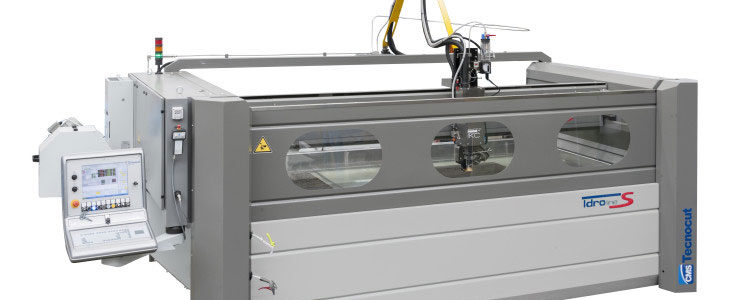However, as good as waterjet cutting machines are, there are several misconceptions and PRV decided to set the record straight. Fact is, hydro-abrasive waterjet cutting has evolved remarkably and is one of the most effective machining methods today. This article aims at busting 8 common myths and shed some light on the services available at PRV Engineering.
Waterjet cutting is often used during the fabrication process of machine parts. This industrial tool is capable of cutting a wide variety of materials using a very high-pressure jet or stream of water. A mixture of water and an abrasive substance is also used in many applications. The highly versatile cutting method produces much less waste than other forms.
Waterjet cutting is also more environmentally friendly as it doesn’t produce dust, chippings or gas like other cutting methods. Engineering companies are implementing waterjet technology as a cost-effective, complementary machining method to cut parts to near-precise requirements. This greatly helps minimise waste, maximise raw material usage and accelerates overall production.
Waterjet cutting is one of the most effective methods of machining materials. With no heat affected zone, small cutting widths and omni directional cutting, virtually any material can be cut with precision and accuracy. Because of this, waterjet cutting results in better product finish with little or no secondary processing needed. In addition, waterjet cutting is more environmentally friendly as the dust, chippings or gas produced by other cutting methods does not occur. In addition, as there is no need to change tool heads, blades or lubricants for each material, machining time is also reduced.
Plastic, rubber, wood, glass, metals and composite materials can all be cut using a pure waterjet or hydro abrasive waterjet cutting. For some materials the addition of an abrasive agent is needed to aid effective cutting. Below is an overview of the types of materials that can be cut.




Recent Comments